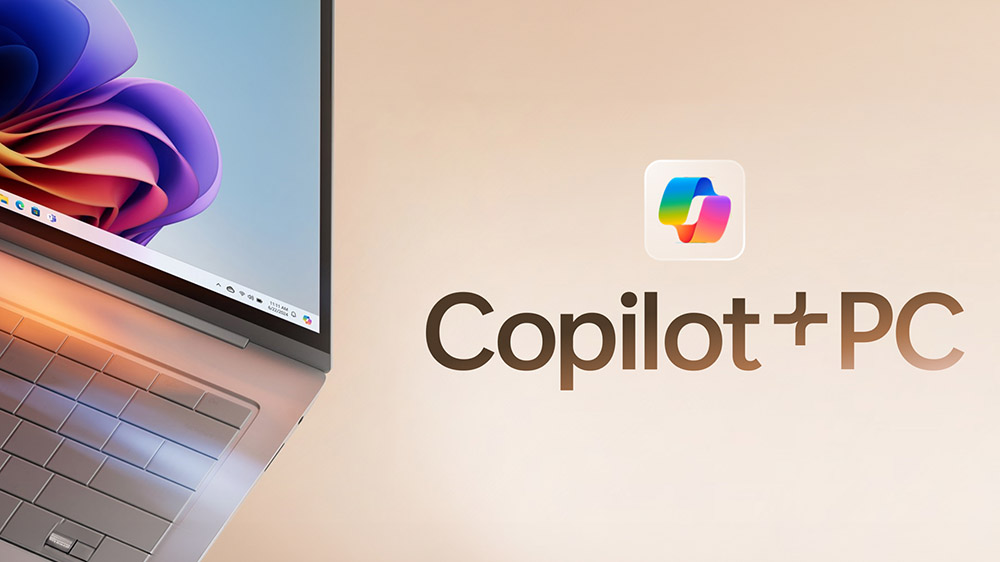Scheduled to make new product introductions at the Consumer Electronics Show in Las Vegas, Intel let the cat out of the bag a little earlier this week, and announced 30 new CPUs (13 Core i7, 12 Core i5, and four Core i3) for desktops, laptops, and mobile devices. Ten new chipsets, half for desktops and half for mobile devices, were also released, as were four Centrino wireless chipsets. Server chipsets and updates to the Xeon processor family will follow later.
“Last year’s Intel CPU packages had two chips inside, the CPU built from 32 nanometer silicon, and a separate graphics processor built from the 45-nanometer process,” says Nathan Brookwood, Research Fellow at Insight64, a market research and consulting organization. “This year, both the CPU and GPU are on the same chip, all 32 nanometers.”
Check out our
Sandy Bridge video review
CPUs slow down and need more energy when signals have to leave the chip and go across a buss to another chip. The new integrated chips will run faster using less power, says Brookwood. “A laptop that might have four hours of battery life with the old CPU might have four and a half or five with the new chips.”
Todd Garrigues, Intel’s North American Channel Manager, says, “Our biggest change, one integrated core, means graphics are no longer on a separate chip. This gives great advantages in integrated graphics, which are visually stunning. Consumers and businesses will be happy.”
But graphics professionals may not, since Intel’s new chips won’t support Microsoft’s DirectX 11 graphics software standards (confirmed by Garrigues). “The GPU discrete machines still get better graphics and performance,” says Brookwood. “There’s a big gap between the integrated and discrete GPU systems in enhanced 3D realism, games, and other graphic tasks.”
[[Check out all of our Intel reviews here]]
[[Check out all of our AMD reviews here]]
AMD’s new chips in the Fusion product family will hit the streets soon. While the AMD chips include integrated graphics, they do support DirectX 11. AMD’s Brazos family of chips will add this graphics boost to low-end systems like netbooks, which have been almost completely dominated by Intel’s Atom processor. “AMD hasn’t had any products to sell in the netbook area,” says Brookwood, “but the new chips give them a real opportunity to make a dent in [that] arena.”
Article continues…
Faster Connections from Motherboards
Dan Olds, analyst with the Gabriel Consulting Group, looks forward to faster connections from upcoming motherboards, especially for servers. “PCIe 3 (Peripheral Component Interconnect Express version three), eSATA embedded disk controllers, and USB 3 are all pretty damn speedy, giving a 2x bump in speed,” he says. These improvements will help virtualization, but Olds says resellers and VARs need to do a better job explaining to their customers why a better server will cost less in the long run. Notes Olds: “SMBs will be buying new servers for at least five years to support virtualization.”
“Speed to market is important for our resellers,” says Intel’s Garrigues. “Resellers will have Intel components and third-party tools will be ready to go. Our chips are already going to the channel. Resellers have a wealth of options, and our channel partners succeed through differentiation.”
Mini-ITX motherboards for small-form-factor systems are available already for the new systems from Intel and others. Better manageability through Intel’s vPRO technology will be integrated later in 2011.
The chip buzz at CES will be focused on consumers and small businesses. Server upgrade tools will come later in the year.
“AMD is still building their Opteron 4000 and 6000 series CPUs, but not a lot of motherboards for them will ship until late summer,” says Brookwood. “Xeon chips from Intel will be available then as well. There are a variety of server configurations, from a two-socket server with only one socket full, to 4 way, 8 way, and beyond.”
Servers used for virtualization need memory upgrades, and while there’s no more room for memory slots on most motherboards, DIMM chips are getting denser and denser. “Intel certifies our slots for 8GB DIMM modules,” says Garrigues. Third-party memory manufacturers are upping that ante to 16GB and 32GB DIMM modules, but motherboards have to be certified to handle those capacities.
Justin Jaffe, senior research analyst for IDC in the firm’s SMB program, warns resellers that hardware speeds for even basic PCs have outpaced the needs for most SMBs. “You can buy the lowest-end model and have more power than you will ever need for general email, word processing, and online use,” he says. “Even if your customer needs high power for video or the like, they still are much less expensive than in the past.
Jaffe also notes that the vast majority of small businesses don’t care about PCIe3 or other technical improvements. “Tie new features to business benefits,” says Jaffe. “It’s not like if you get the wrong processor, you can’t get on Facebook.”













